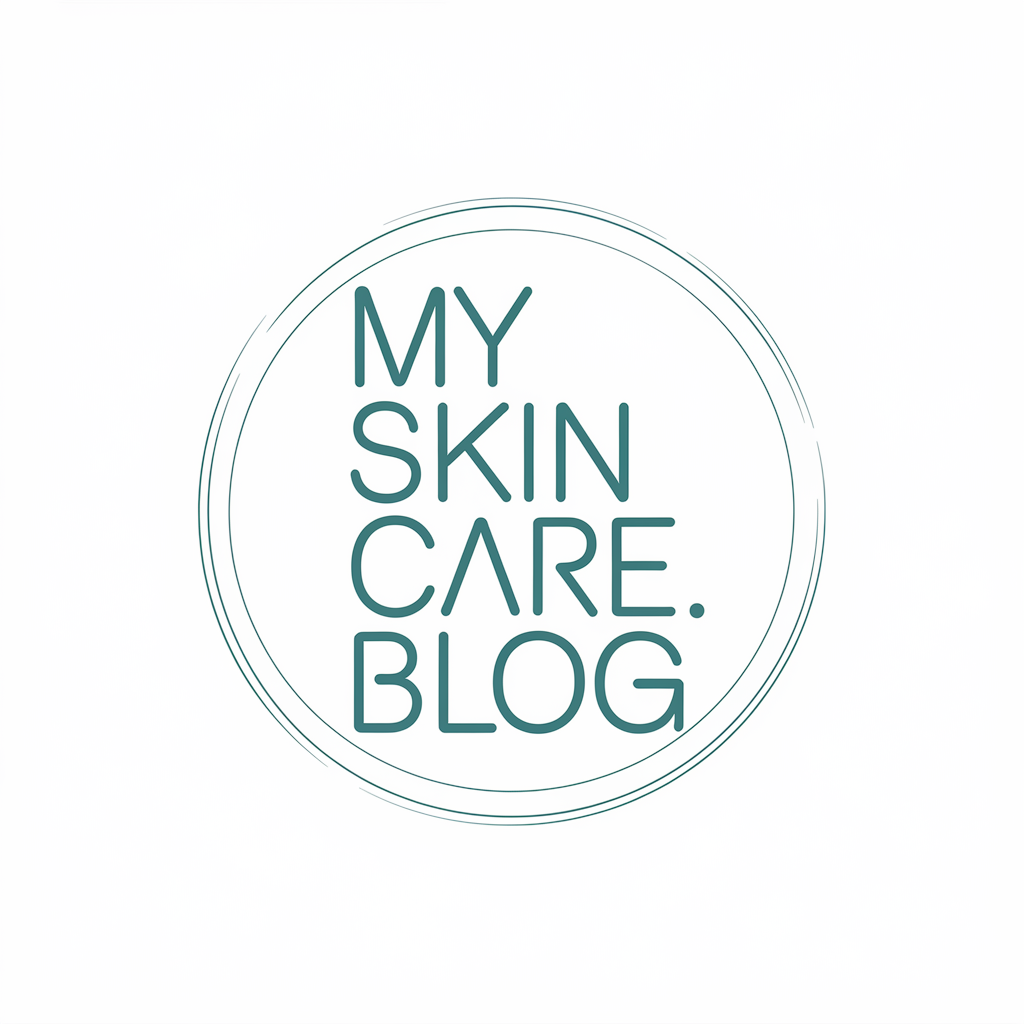What No One Tells You About Hyperpigmentation Treatments
Imagine standing in front of the mirror, hoping to see your skin’s natural glow restored, only to be met with the same stubborn dark spots day after day. What you might not realize is that hyperpigmentation treatments come with nuances that many overlook. From the importance of consistency to the potential side effects, understanding these factors can greatly impact your journey toward clearer skin. What else could you be missing?
Key Takeaways
- Hyperpigmentation treatments often take weeks or months to show results, requiring patience and consistent application for effectiveness.
- Natural remedies may lack potency compared to clinical treatments, making them less effective for serious hyperpigmentation cases.
- The success of treatments can vary significantly based on individual skin types, necessitating personalized approaches from dermatologists.
- Common side effects include temporary redness, peeling, and increased sun sensitivity, highlighting the importance of cautious application.
- Visible improvements generally appear within four to six weeks, but lasting results may take several months, emphasizing the need for consistent care.
Understanding Hyperpigmentation: Causes and Types
What causes hyperpigmentation, and how can you identify its various types?
Hyperpigmentation occurs when excess melanin forms in your skin, often due to sun exposure, hormonal changes, or skin injuries.
You’ll encounter several types, including sun-induced lentigines, post-inflammatory hyperpigmentation, and melasma.
It’s essential to debunk hyperpigmentation myths, like the belief that it only affects darker skin tones; in reality, anyone can experience it.
Identifying the type is essential for effective treatment.
Look for factors like the cause and location of the discoloration.
Understanding these elements empowers you to make informed decisions about managing your hyperpigmentation effectively. Additionally, knowing that effective solutions for treating hyperpigmentation can vary widely will help you select the most appropriate method for your skin type.
Common Myths About Treatment Effectiveness
How effective are common treatments for hyperpigmentation really?
Many believe that all products will yield immediate results, but this isn’t true.
Treatments like hydroquinone and retinoids can take weeks or even months to show significant improvement.
There’s also a misconception that natural remedies are equally effective as clinical treatments; while some may help, they often lack the potency needed for serious cases.
Additionally, not every treatment suits every skin type, leading to varying results.
It’s essential to consult a dermatologist to determine the most effective approach tailored to your specific condition and to avoid the pitfalls of trial and error. Furthermore, incorporating vitamin C into your skincare routine can significantly enhance treatment effectiveness against hyperpigmentation.
The Role of Consistency in Achieving Results
Achieving noticeable improvement in hyperpigmentation relies heavily on consistency in your treatment regimen. You must apply your chosen products regularly and as directed to see significant results.
Skipping applications or using treatments sporadically can hinder progress and prolong the visibility of discoloration.
Remember, many treatments require time to penetrate the skin and stimulate cellular turnover.
Maintaining a daily routine helps establish a baseline for your skin’s response, allowing you to track improvements accurately.
Additionally, combining treatments may enhance effectiveness, but this too requires a steady approach.
Consistency is key; it’s essential for achieving the results you desire. Incorporating natural remedies can also support your efforts in fading dark spots effectively.
Potential Side Effects and Risks to Consider
When considering hyperpigmentation treatments, it’s essential to be aware of the potential side effects and risks involved. These can range from mild to severe, impacting your skin’s health and appearance.
| Side Effect | Description |
|---|---|
| Redness | Temporary irritation post-treatment |
| Peeling | Skin flaking as it rejuvenates |
| Allergic Reactions | Possible reaction to ingredients |
| Increased Sensitivity | Heightened sensitivity to sunlight |
| Scarring | Rare but possible with aggressive treatments |
Understanding these risks can help you make informed choices and consult with a dermatologist for safer options. Additionally, some natural remedies for hyperpigmentation may carry their own set of potential side effects that should be considered.
Realistic Timelines for Visible Improvements
After considering the potential side effects and risks of hyperpigmentation treatments, it’s important to have realistic expectations about the timeline for visible improvements.
Generally, you can expect to see some changes within four to six weeks, depending on the treatment method and individual skin response.
However, significant and lasting results may take three to six months or longer.
Consistency in applying prescribed treatments and following your dermatologist’s guidance is essential for best outcomes. Additionally, incorporating natural ingredients into your skincare routine can support overall skin health and enhance the effectiveness of treatments.





